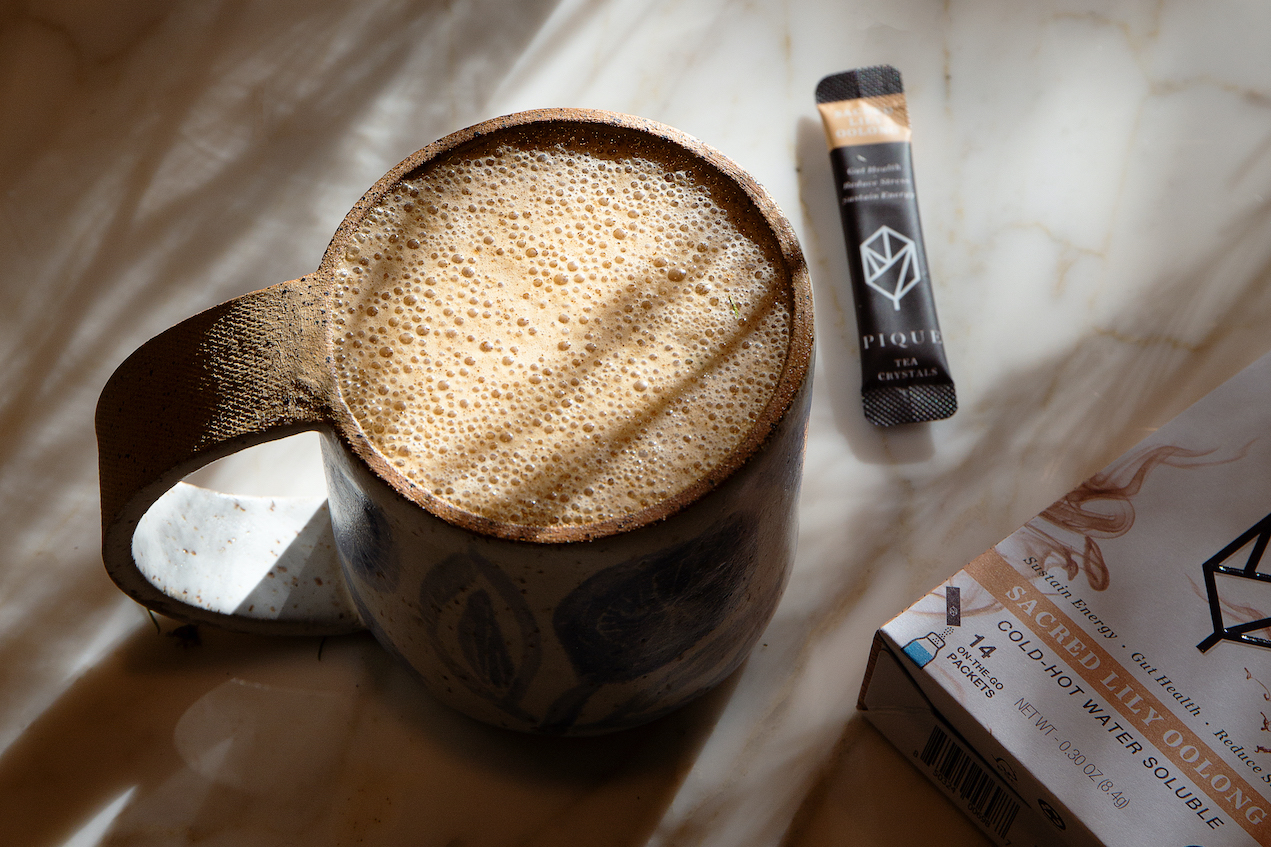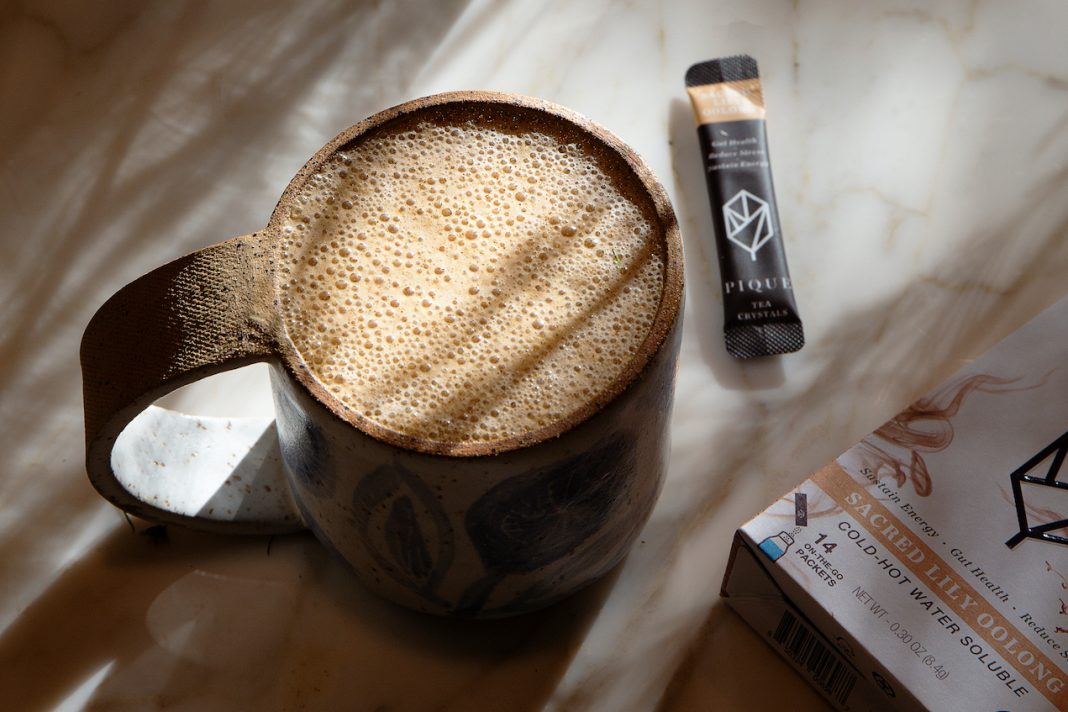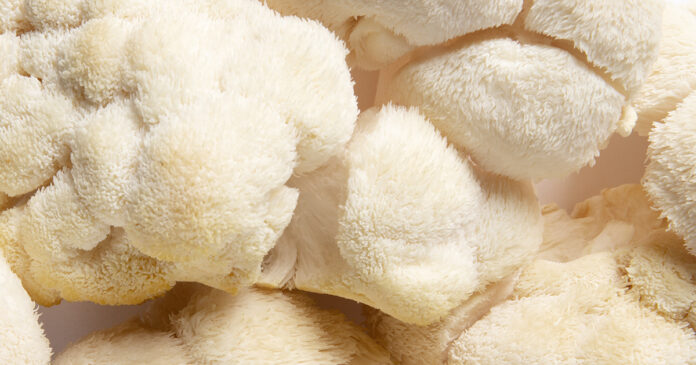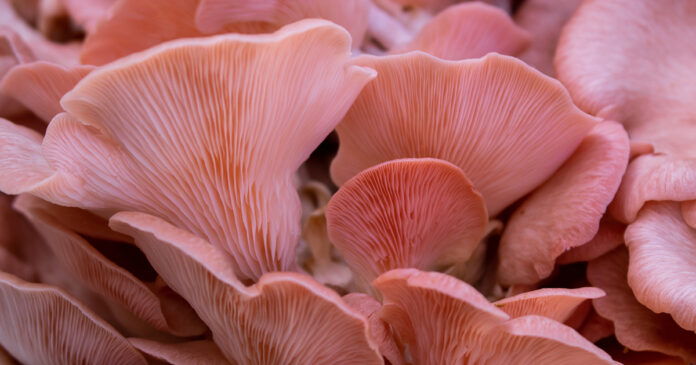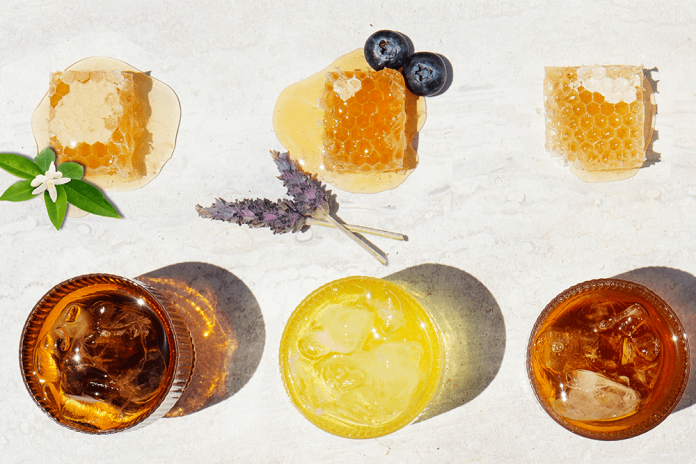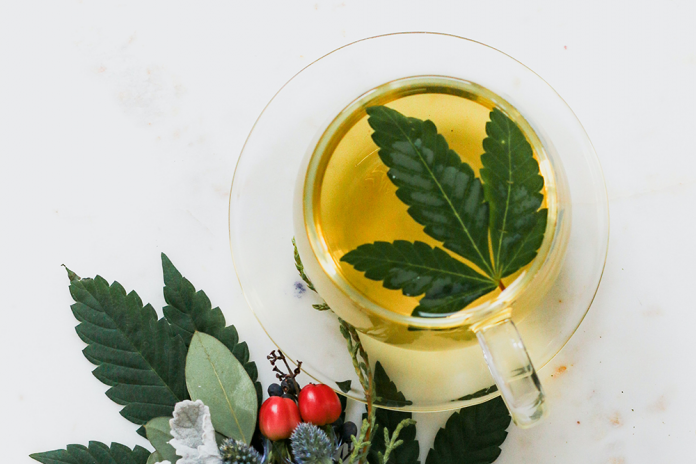Stuck deciding between black and green tea? Maybe the answer is oolong!
A partially fermented tea boasting the best of its black and green cousins, we often refer to oolong as our “desert island” tea. Given only one option, it’s our pick!
Curious to know more? Here’s our guide to the best oolong varieties and why you might want to choose them.
What is Oolong tea?
The Chinese word “oolong” can be roughly translated to “black dragon,” which may refer to the shape of oolong tea leaves. After they’ve been dried and roasted, teamakers roll and curl the leaves which helps to release their aroma but also makes them resemble tiny dragons.
Oolong tea is made from the same plant as black and green tea – Camellia sinensis. It lies in between black and green tea in terms of its depth of flavor, thanks to differences in how these teas are processed and where they’re grown.
Black teas are highly oxidized, giving them a smokier, earthier flavor, while green tea is not oxidized at all, resulting in a more vibrant, slightly astringent grassy flavor.
Oolong teas are partially oxidized and roasted for varying lengths of time – anywhere from eight to 60 hours – so their flavor profile covers the spectrum between black tea’s robustness and green tea’s herbal notes.
Though originally cultivated in the Fujian region of China, oolong tea is now produced throughout southeast Asia as well as part of India and Nepal. The most popular varieties, however, still come from China and Taiwan.
Differences in these climates, as well as differences in processing methods, have helped to create a variety of oolong styles and different flavors (1).
Here’s our recommendation for the best oolong tea:

Pique Sacred Lily Oolong
Find your balance. The best of both green and black teas. Effortless gut support + energy.
5 Types of Oolong Tea
1. Phoenix Tea (Dan Chong or Dan Cong)
This tea is named for its origin – the Phoenix mountains of Guangdong province of China. Traditionally, its flavor evokes ripened stone fruit and honey with woody undertones, though the taste of each batch will vary depending on the conditions under which the tea plant was grown and harvested.
Because they’re grown at high altitudes, the plants can experience drastic temperature changes throughout the day and growing season (2). This fluctuation produces a hardy plant with intense aromas. Phoenix oolong is particularly known for its fragrances (3).
2. Iron Goddess of Mercy (Ti Kuan Yin or Tie Guan Yin)
What a name, right? Legend has it that a farmer from the Fujian province’s Anxi region found a tea shoot behind a temple to the Chinese Goddess of Mercy. It produced a tea so delicious that for a time it was served only to the Emperor and his Imperial Court before becoming available for the public.
“Iron” comes from the fact that this tea is quite laborious to produce. A slow roast of the dried tea leaves can take up to 60 hours, and traditional Chinese teamakers still do this by hand. (4)
Iron Goddess’s taste is floral, with hints of orchid, but it can also be dark and nutty if it’s undergone a longer roast.
3. Wuyi Oolong Tea (Da Hong Pao)
Grown in the Wuyi mountains, this Chinese tea is also known as “rock tea” thanks to the mineral-rich sediment it’s rooted in. Its soil absorbs minerals that run off the mountain after a rainfall, including phosphorus and iron, which are essential for human health (5)(6).
With a lighter roast, Wuyi teas are floral in taste and aroma, but the minerality and earthiness come out with a darker roast (7).
Authentic Wuyi teas must come from a protected growing region in these mountains, making them relatively rare and costly. Teas similar in taste and style are grown in the surrounding area, but generally, are less intense than a true Wuyi.
4. High Mountain Oolong Tea (Gaoshan)
As the name suggests, this type of oolong tea is grown at altitude in the mountains of central Taiwan. The Chinese brought the plant over to Taiwan in the early 17th century, and it has thrived ever since. The thick cloud cover blanketing these mountains helps the tea to develop a sweet and fruity flavor by blocking out the sun’s rays, which generally results in a more bitter flavor (8).
High Mountain tea tends to be more lightly oxidized and roasted, making it closer to a green tea than a black tea. Its skews more floral and don’t typically have the dark and roasty notes that some oolongs carry.
5. Milk Oolong Tea (Jin Xuan Tea)
Milk Oolong tea, another Taiwanese varietal, gets its name from its creamy and sweet taste. Its unique flavor may be due to the fact that the leaves are grown at slightly lower elevations and harvested in Spring.
The warmer temperatures produce a more mellow and buttery taste. It is less fragrant and floral than other oolongs, and commonly drunk with added milk and sweeteners to bump up its natural flavors. (9)(10)
How to Brew Oolong Tea
Loose leaf tea is always preferable to tea bags. Intact leaves deliver more flavor and less bitterness than their broken-up cousins (11). Luckily for those of us in the States, loose leaf oolong tea tends to travel well, so you should be able to find fresh, high quality leaves even after they’ve made the journey from China or Taiwan. (17)
Traditionally, oolong tea is made and served in a ceramic pot called a Yixing teapot. Much like a cast-iron skillet, these pots were designed to be seasoned by the product they held, absorbing oolong’s flavors and intensifying the taste of every subsequent brew. But if you don’t have one of these, a stainless steel kettle is your next best bet (12).
Black tea can handle boiling water. Green and white teas, which are more delicate and less processed, are best brewed with water that’s hot, but not bubbling. Oolong teas, again, fall somewhere in the middle.
It’s recommended to use water between 185°F and 205°F. To get a good temperature, bring a pot to boil, then remove it from heat and let it cool down for two to three minutes.
Fill your infuser with one or two teaspoons of leaves per cup of water, steeping for about three minutes.
Oolong tea leaves can be brewed as many as four or five times, and it’s said that the latter brews produce more mellow flavors. Caffeine content, though not very high in any oolong variety, also drops each time a batch is brewed. (13)(14)
Health Benefits of Oolong Tea
Tea has traditionally been considered a therapeutic beverage in Chinese culture, and the antioxidants in all types of tea are certainly good for our health. As teas move from unfermented to fermented, their active polyphenols also transform. This is why green teas boast primarily catechins, while black teas are high in theaflavins.
Our “happy middle” tea – oolong – is partially fermented, which results in a brew that contains both catechins and theaflavins. (15)(17)
Research suggests that tea polyphenols (including both catechins and theaflavins) help to mitigate cell damage and support overall health and vitality. Remember, the same is true for fruits and vegetables, which likewise are rich in phytochemicals (15)(16).
Traditional Chinese herbalists often recommend oolong tea to refresh the mind, as well as to support gut health and digestion. It is said that Wuyi Oolong, in particular, is an excellent counterbalance to rich or greasy food.
Final Thoughts
We hope you learned something new about oolong! If you’re looking to diversify your tea drinking, it happens to be an energizing and healthy choice.
Fun fact: if you’re looking to cut back on your coffee habit, many diehard coffee drinkers find that the roasted notes of oolong more similarly mimic the flavors of coffee than black teas. Add some unsweetened nut milk and a dash of cinnamon for an indulgent oolong latte that will make you wonder why you didn’t try it sooner!
